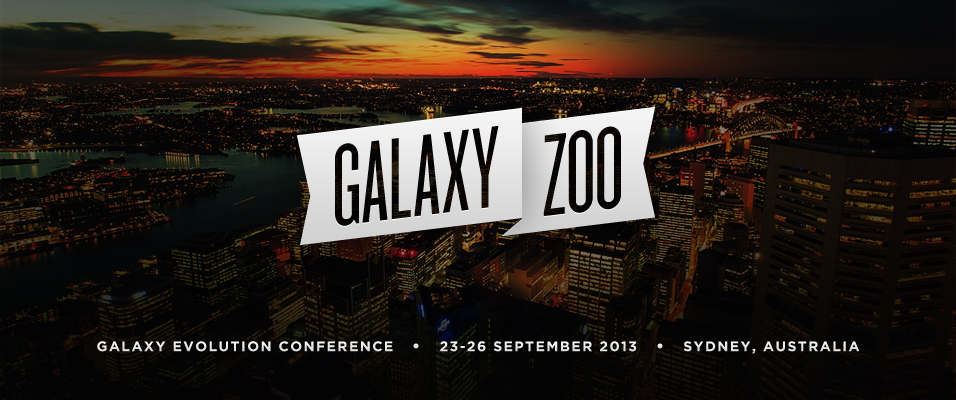
Extragalactic globular clusters: the fossil record of galaxy formation
Vincenzo Pota (Swinburne University)
The advent of HST and of 10-meter class telescopes has opened a new window into the study of extragalactic globular clusters. We now know that globular clusters formed at high redshift and that they survived violent merging events and galaxy metamorphoses with time, preserving the chemo-dynamical record of their parent galaxies. The fact that we still observe thousands of globular clusters in the local Universe around galaxies of all types and of all masses, makes these objects the 'fossil record' of galaxy formation.
During this talk I will discuss what we can learn about galaxy evolution by studying extragalactic globular clusters in the local Universe. I will present results from an extended spectro-photometric survey of a dozen never-before studied globular cluster systems, with particular emphasis to their dynamics. These data were obtained from the synergy between the Subaru/Suprime-Cam wide-field imager and the Keck/DEIMOS multi-object spectrograph. The kinematics for each globular cluster system and for their metal-rich and metal-poor subpopulations will be discussed in terms of: (1) origin and evolution of globular cluster systems and their host galaxies themselves, (2) connection with supermassive black holes and (3) galaxy dark matter modelling as key test for the LambdaCMD cosmology.
